Cape Town food guide: everything that you must eat and drink

One of the odd things about leaving the country that you grew up in is realising that foods which were a staple for most of your life are now difficult to get. I am often surprised to realise that a particular food is uniquely South African, and, try as I might, I simply can’t replicate it in London.
I always have a little cry when I arrive home in Cape Town, which is partially because I’m so happy to be home. But it is also partially because I’m so happy about what I’m about to eat. Read on for the things that I eat as soon as I get home.
Things to eat
A 4×4

No, I’m not referring to a car. A 4×4 in the culinary sense is sushi – specifically, four rainbow rolls, and four tuna maki rolls, topped with tempura shrimp, in a spicy, creamy sauce. If this sounds OTT and nothing like your pared-back, Jiro-Dreams-of-Sushi ideals, do yourself a favour and try it anyway (you will thank me). Try as I might, I’ve never been able to find anything like it in London, although I remain ever hopeful – when you love something, you never give up on it.
The best Cape Town restaurant to try a 4×4 is Willoughby’s at the V&A Waterfront, but you can find them elsewhere too. Note a quirk about sushi in South Africa is that a California roll is any maki roll, with the rice wrapped around it, regardless of the filling.
A boerewors roll
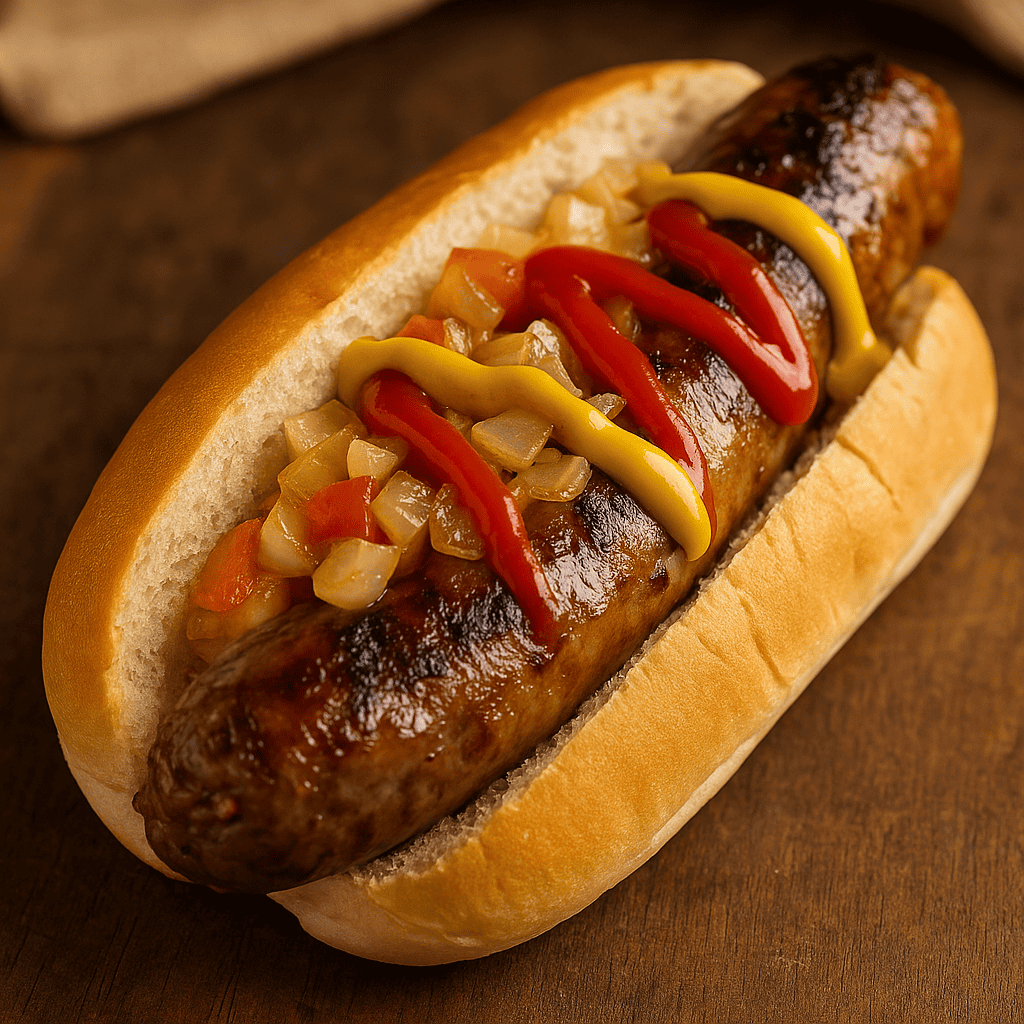
What is boerewors, you ask? It translates to “farmer’s sausage”, and is usually cooked on a barbecue (called a braai in South Africa). The sausage is then cut into hot dog roll-sized pieces and served on hot dog rolls—voila, a boerie roll.
Braais are important in South Africa, as they often seem to be one of the only things that all South Africans, across race, class, and culture divides can agree on, and we all agree that they are great. The boerie roll, as the natural extension of the braai, is similarly universally loved.
You will need to be invited to a braai at someone’s house to experience a boerie roll, as they aren’t restaurant fare. If not, if you find yourself in Tokai, there is a boerie roll truck, Jou Ma se Boerie, outside of the Builder’s Warehouse.
Cape Malay curry
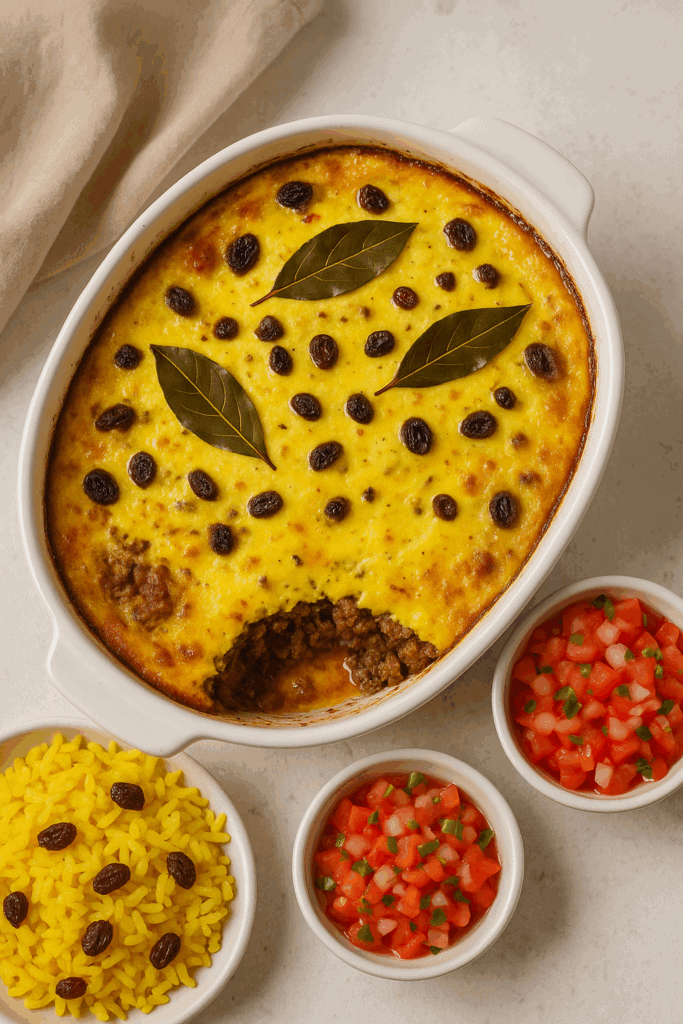
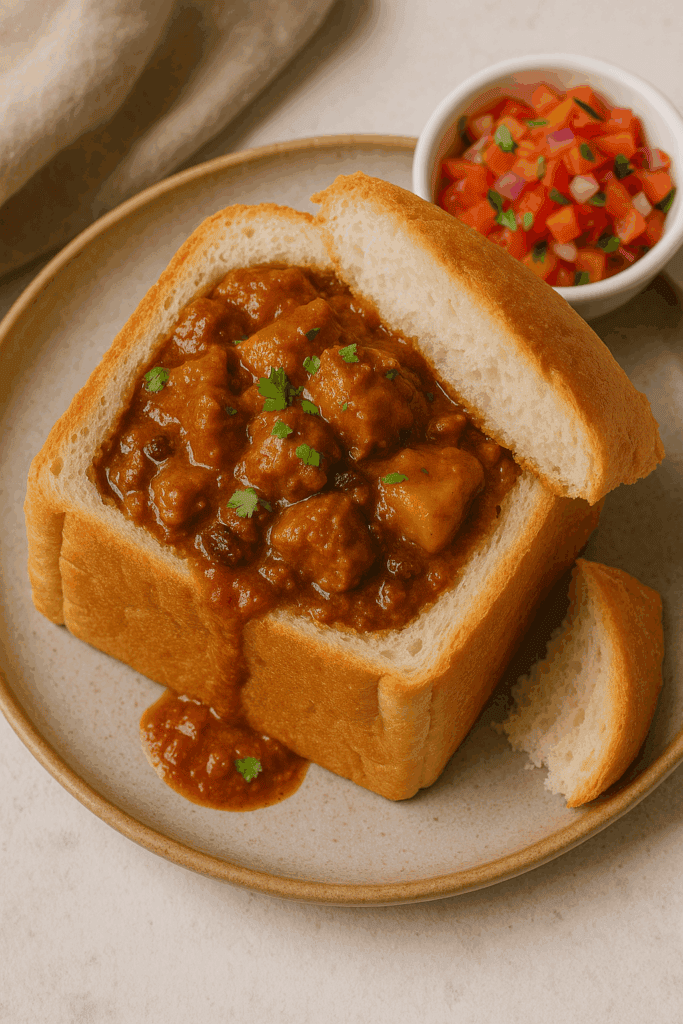
One of the things that I miss terribly in London (and that I was surprised it was so hard to find even in Johannesburg) is Cape Malay curry. Blending Malay, Indonesian, Dutch, and Indian flavours, Cape Malay curries are mild and aromatic, and use warm spices, rather than hot ones. They often use caramelised onions, chutney, dried fruit, or apricot jam, which gives them a unique, subtle sweetness.
Apart from chicken and lamb curries, a quite unique Cape Malay dish is a bobotie – lamb or lentil curry, cooked with spices, and then baked with a savoury custard on top. This sounds bizarre, I am aware, but there is nothing more comforting. The only thing I can think of that is similar is a Greek moussaka, except with a curry twist.
The best Cape Town restaurants to find Cape Malay food are in the Bo-Kaap – I like Biesmiellah (note, as a halaal institution, they do not serve alcohol). Also try their samoosas.
Another classic South African curry worth trying (although not a Cape Malay one), is a bunny chow (I promise, no bunnies are harmed!) This is a curry served in a half loaf of bread, and is actually a Durban speciality, but is now popular in Cape Town as well. Try it at the Eastern Food Bazaar (and have a mango lassi for dessert).
A Gatsby
Nope, not a book (I’m just realising writing this how bizarre a lot of these names must sound). A Cape Town icon, a Gatsby is a giant sandwich, often sliced into smaller portions to share. It’s packed with slap chips (very vinegary soft fries, which are served at fish and chip shops, and are another Cape Town delight that you should try), lettuce, and your choice of fillings: steak, chicken, fish, calamari, the list goes on.
The Gatsby was created by Rashaad Pandy, the owner of Super Fisheries in Athlone, in the 1970s. He was trying to feed a large group of workers, and rustled up a giant sandwich with things he had in his fish shop. One of the hungry workers referred to it as a “Gatsby smash”, in reference to the Great Gatsby movie which had recently aired in South Africa, and thus the Gatsby was born!
You can get one at the original store, Super Fisheries, but they are also sold at fish and chip shops all over Cape Town.
Koeksisters and Koesisters
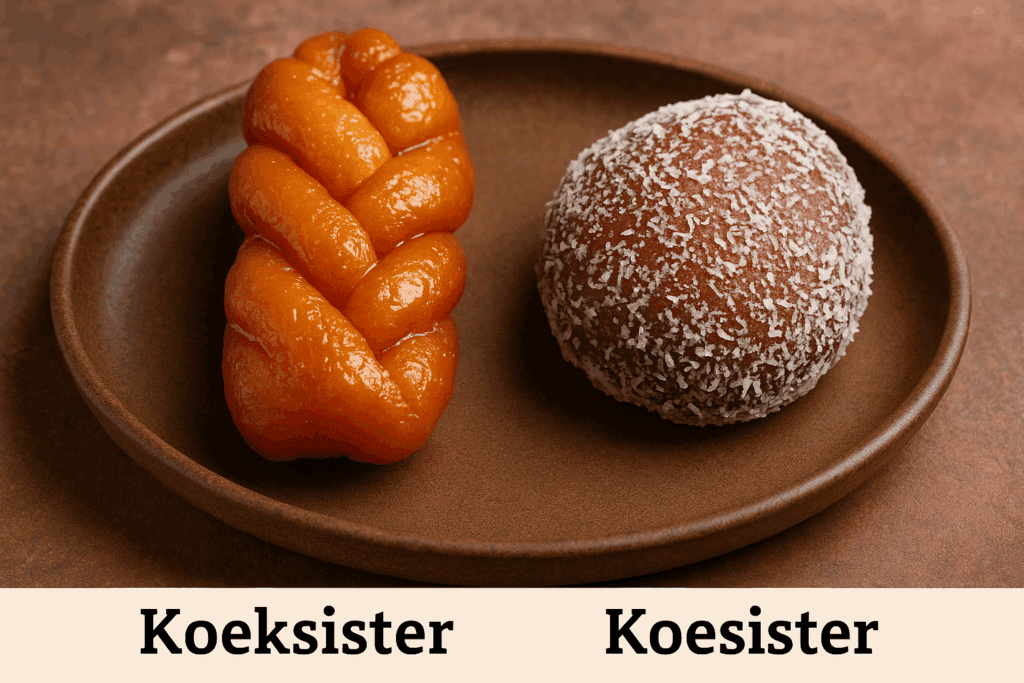
Koeksisters, with two Ks, are doughnuts of Afrikaans origin, not to be confused with Koesisters, of Cape Malay origin.
Koeksisters are rectangular twisted doughnuts, which are deep-fried and then drenched in a cold sugar syrup. They are very sticky and sweet, with a crunchy outside and a soft inside. Koesisters, on the other hand, are round, lightly spiced, coconut-covered doughnuts, with a slightly more complex taste (and they are a lot less sweet).
The koeksister is my preferred Cape Town doughnut, but I do like to challenge my blood sugar.
Malva pudding
Also made with our much-venerated apricot jam, this is a Cape Town winter-time favourite. A moist (yes, this term is acceptable when describing cake) and quite airy sponge cake, malva is a bit like a lighter version of an English sticky toffee pudding, without the toffee sauce. After baking, a butter based sauce is poured over it, and then it is usually served with custard or ice cream. Warm, comforting and not too sweet – perfection. Try it at Jonkershuis at Groot Constantia.
Things to drink
Pinotage
Very close to my heart as it was developed by a professor of viticulture at Stellenbosch, the university I attended (and at which I sampled my fair few glasses of it), Pinotage is South Africa’s own red wine varietal. It was made by cross-breeding Pinot Noir with Cinsault (also known as Hermitage), and has flavours of dark fruits, with some characteristic smokiness.
Pinotage can be quite polarising – people either love it or they hate it. I am in the love camp, and I think pinotage is perfect for rainy Cape Town winters, but it works just as well around a braai in the summer. My favourite two are Beyerskloof Pinotage and Diemersfontein Pinotage.
Chenin Blanc
Although this white varietal is French, South Africa is now the world’s biggest producer of chenin blanc, and makes roughly half the world’s supply. Chenin is very diverse, but in South Africa it is often unoaked and quite dry, giving it a fresh, crisp taste. Given the warmer climate, South African chenins tend more towards tropical fruits than those grown in France.
I think of chenin as sauvignon blanc’s slightly more sophisticated older sister, and it is slightly less zesty. Don’t be alarmed when South Africans put ice in their white wine.
Savanna
South Africa’s favourite homegrown cider, there is nothing like an ice-cold Savanna at a beachside restaurant. It is often served with a wedge of lemon popped right into the neck of the bottle. It is drier than most commercial ciders and has quite a fresh, biting taste, making it perfect for sunny afternoons and braais. You can buy them at any liquor store, and they are well-priced. You can also get a Savanna Light, which is lower in alcohol, but I find it has a slightly flatter taste. I prefer the original Savanna Dry, which is much crisper.
Gin
You might be surprised to hear this, but Cape Town has a thriving gin-making industry.
My favourite is the Amber Inverroche, which has orange fuity notes. Here is a secret to having it, passed on by a friend who is a chef: ask the bartender for an Amber Inverroche and tonic, but with a slice of grapefruit specifically – you’ll thank me later.
You can try all kinds of South African gin at the Gin Bar in Cape Town, which you have to enter via a chocolate shop, Honest Chocolate on Wale Street.
Rooibos tea
Caffeine-free rooibos (“red bush”) tea is a favourite in South African homes. It has a red tinge and is sweeter than Ceylon tea. Since it has no caffeine, most South African children will have grown up drinking it with milk and sugar.
You can buy it at any grocery store, but the Freshpak one, in the green and yellow box, is the most popular one. For a life-changing butter experience (words I never thought I’d write) go to Constantia Glen and order a cheese board, which comes with rooibos-smoked butter – trust me.
Grocery store things
Avocados
I know what you’re thinking – you can get an avocado anywhere. A British friend once told me, when I sent her a photo of my rich, creamy, buttery to the point of being almost fluffy, South African avo, that avocados were widely available in the UK, and that I needn’t have travelled so far to find one. But heed my advice, they are not the same!! I have never had an avocado in the UK which comes even close to a South African one. I’m not sure why this is (I was always told that all the best produce was exported to Europe), but I think it has something to do with the cold storage chain. I would go as far as to say that if you have never eaten an avocado in the country in which it was grown, you have never truly experienced an avocado. And if you have never truly experienced an avocado, have you ever really lived?
Once you taste a South African avocado, specifically a Woolworths Flavourburst Avocado, you will never be the same again. In fact, you will wonder what you have been doing for most of your life, and how you have survived as a self-respecting millennial, when the thing with which you top your toast, the thing you know as an avocado, is the rubbery, watery, flavourless horror you have experienced thus far. Fear not, dear reader, this is the beauty of travel! New experiences and self-evolution.
I am so obsessed with these that I buy them at the airport when I arrive. If I have a long journey, I eat them with a spoon in the car on the way to wherever I am going. How do I achieve this, you ask? If you are as avo-crazy as I am, you can ask the staff at the Woolworths Cafe at Cape Town International for a knife and a spoon – they will give you bamboo cutlery, which is good enough. You can also ask them for a small packet of salt (and if you are a true avo purist [read: nut], you can buy some rock salt in a grinder at Woolworths). I shouldn’t have to say this, but do not cut an avocado in a moving car, even with a bamboo knife. Cut it open before you start driving, and then you can safely spoon yourself mouthfuls of creamy delight during your journey.
Chuckles
I hesitate to describe these as similar to Whispers or Maltesers, because they are so much better, but that is their closest relative. Little chocolate-covered malted puff balls, but much better than the ones you know (I suspect they are better because they are slightly sweeter, if you can imagine such a thing). There are other flavours these days, raisins, nuts, shortcake, and the like, but go for the original, in the red packaging – you will not be disappointed. Whenever people from home visit me in London, I charge a Chuckles tax.
Note that you can only buy these at one South African grocery store, Woolworths (yes, I buy these at the airport when I arrive, along with my avo, and some droewors, see below). Most recently, Chuckles have spawned all sorts of other things, even non-culinary. Chuckles body wash and body butter abound. I have not tried these (I consider myself a Chuckles purist), but given my obsession with the edible variety, I’m not sure I’d trust myself with the body wash…
A Peppermint Crisp chocolate
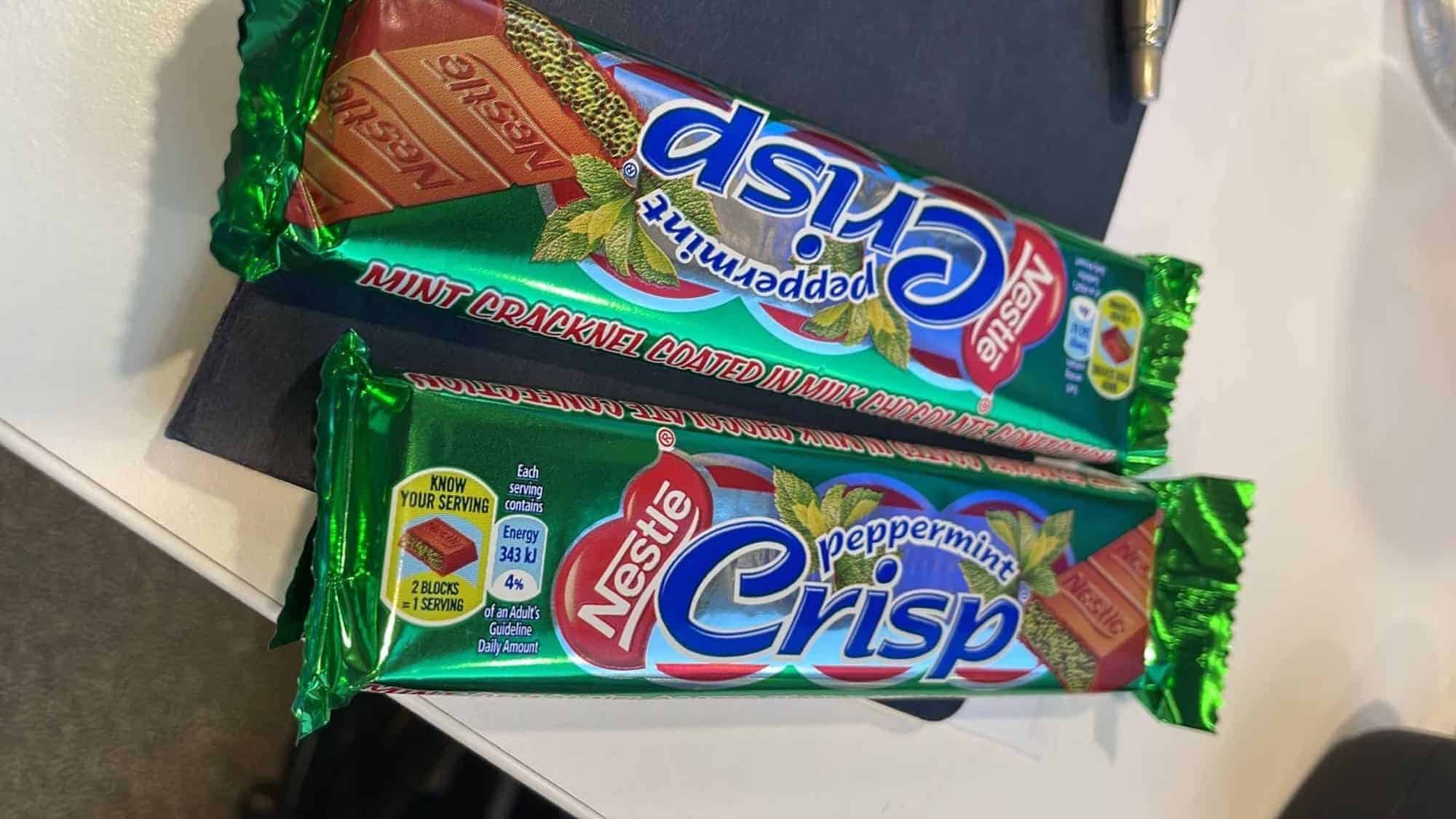
You can get mint-flavoured chocolate anywhere, but nothing with quite so much mintyness as a Peppermint Crisp. The difference is that it is filled with a fair amount of mint “cracknel”, a mint-flavoured crystallised sugar, which shatters and cracks deliciously as you bite into it. The mint cuts through the rich sweetness of the chocolate which enrobes it, and you are almost able to trick yourself into thinking you’re eating something which has benefits for your teeth (spoiler alert, it does not).
These are also the star ingredient in a Peppermint Crisp tart, a nostalgic South African dessert (you are unlikely to come across this at a restaurant, but here is a recipe).
Biltong
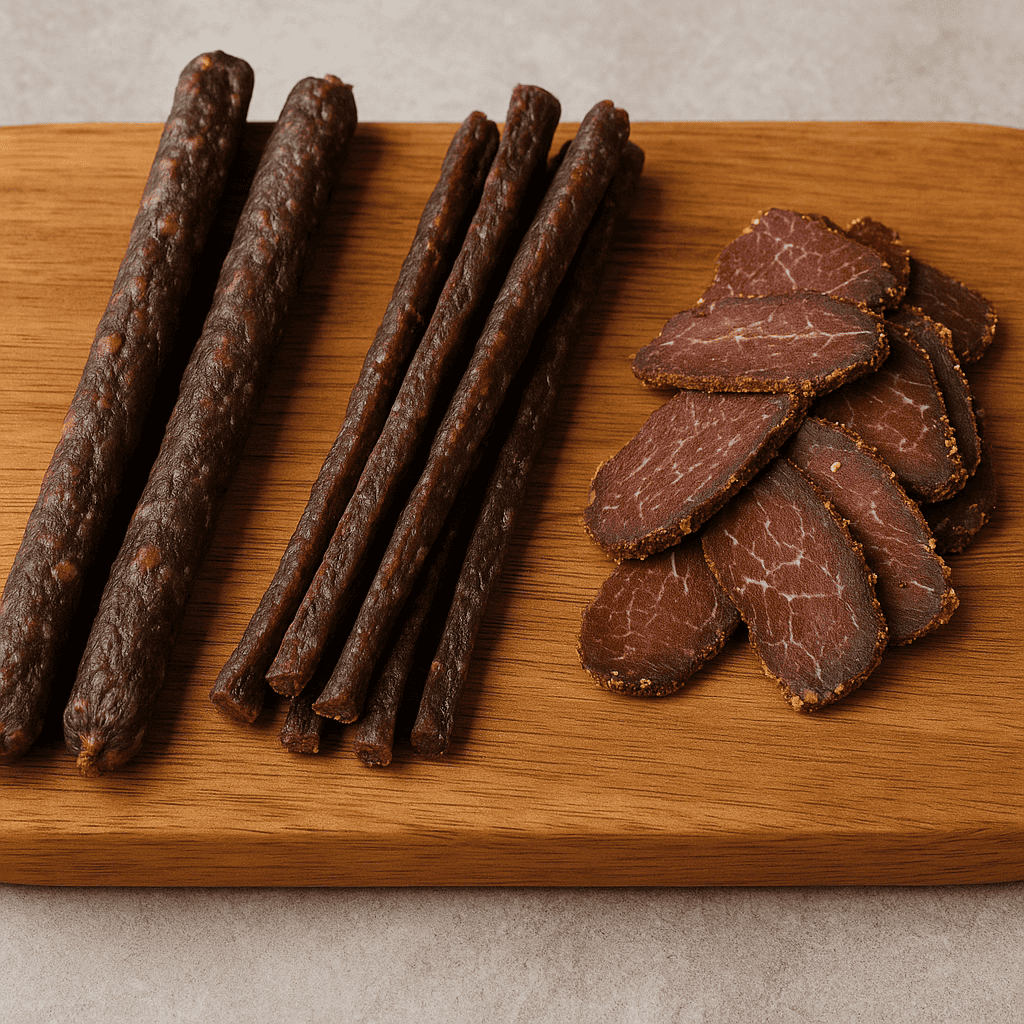
Moving on to savoury snacks, biltong, similar to beef jerky, is one of the things that you may already have heard of. Biltong is air-dried meat, flavoured with vinegar and spices. It comes in various formats: sliced pieces, snapsticks and droewors (dried boerewors, my favourite, although not technically biltong).
You can get biltong at any grocery store, but the best place in Cape Town is Frankie Fenner Meat Merchants. This is not a popular opinion amongst South Africans, but I quite like the Woolworths droewors – most people find it too dry, but that is precisely what I like about it (although apparently this is further evidence that I am not a biltong purist).
